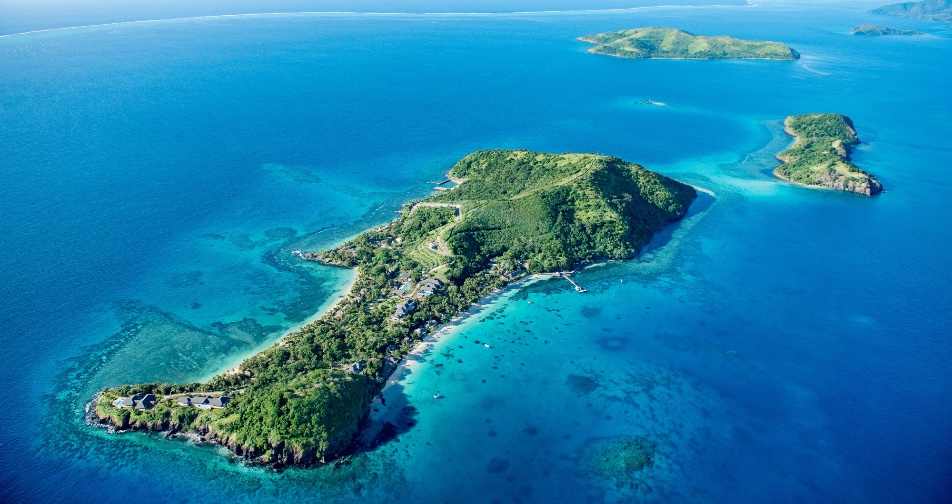What is an off-grid solar system?

An isolated system is a solar system that can operate even without a power supply connection. It could be a normal family house, which has had a power supply connection up to now - and still has - but it could also be a location where there was never electricity, but we want to build it ourselves. In advance: we can build full-value systems that provide maximum comfort even without a power supply connection, i.e. there is a reliable and at the same time affordable solution.
According to the legal changes announced on 10/13/2022 - which will most likely only be temporary - it is currently only allowed to build this type of island-type system that does not affect the electricity supplier. To understand the legislator's decision and the compulsion that led to this sudden and unexpected decision, consider the following: we have an electrical network that was built to deliver electricity to as many points of consumption as possible - in one direction. All this with great stability and taking into account consumer habits. For this, a suitable service infrastructure has been built, which is made up of power plants and a serious electrical network. Solar generating points, so-called Household-size Small Power Plants (Háztartási Méretű Kis Erőművek - HMKE), appeared on this network in visible quantities a few years ago. Their main feature is that they generate electricity back into the grid when the sun shines. In other words, a largely unplanned energy production capacity has appeared on the network originally designed for consumption, which depends on the weather, the habits of the current consumer (i.e. sometimes what is produced is immediately used locally) and its feeding back depends on the movement of the clouds. That is, on a second-by-second basis, large producers and large consumers appear alternately here and there, completely scattered. This was managed quite skillfully by the electricity providers in addition to the development of a predictably growing solar HMKE producer community.
As a result of the energy crisis that appeared in 2022, the demand for the installation of solar systems became so great that the number of solar systems could bring critical uncertainty to the power supply networks, not only damaging them but also causing problems at the consumption points. For this reason, until the network is prepared to receive and regulate this uncertain production capacity, it will not be possible to build new production points. Moreover, it is highly likely that in the future it will only be possible to create production points if they have their own local storage and battery, and the system - or the service provider's central control - can regulate the feedback by completely smoothing out weather changes, consumption and cloud movements.
In short, local energy storage, i.e. batteries, will be needed everywhere, and when this is already working effectively, it will be possible to create a backup system, and until then, those who want solar panels can only produce for their own use without the possibility of back-up. For those who currently have an HMKE system, the acceptance of the regenerated energy by the power supplier becomes uncertain, because if there are many HMKE producers in a small location, they all want to produce at the same time, and therefore there will be no way to take it over since there is no associated consumption.
But why and is it worth thinking about a solar system at all? We build a solar system for two reasons:
- Either in order to be able to reduce our electricity bill significantly, as well as to minimize the risk of changing energy prices,
- Or because we don't have the possibility to connect to a power supplier at all,
- Or for security reasons, so that we have electricity at home even when the electricity supplier service is temporarily unavailable - the construction of a quasi-uninterruptible system.
The new legal regulations eliminated the possibility of using "free energy storage", i.e. the electric grid, i.e. the electricity supplier no longer accepts the energy produced from new connectors, and it is expected that the Szaldó system will also end sooner or later.

